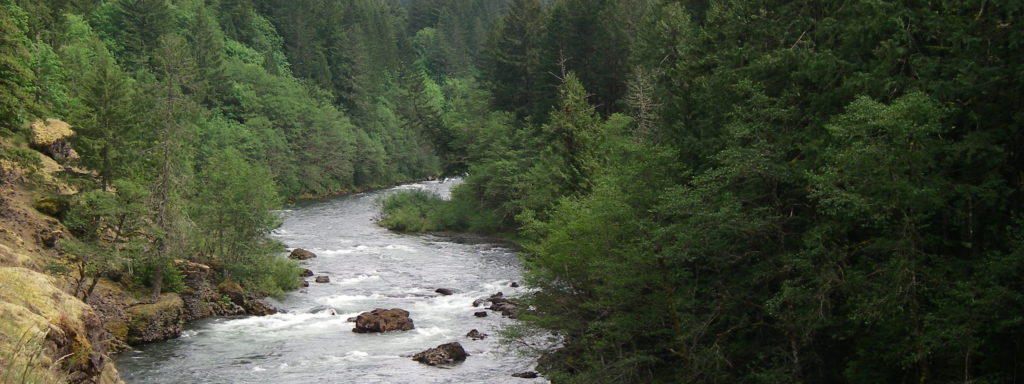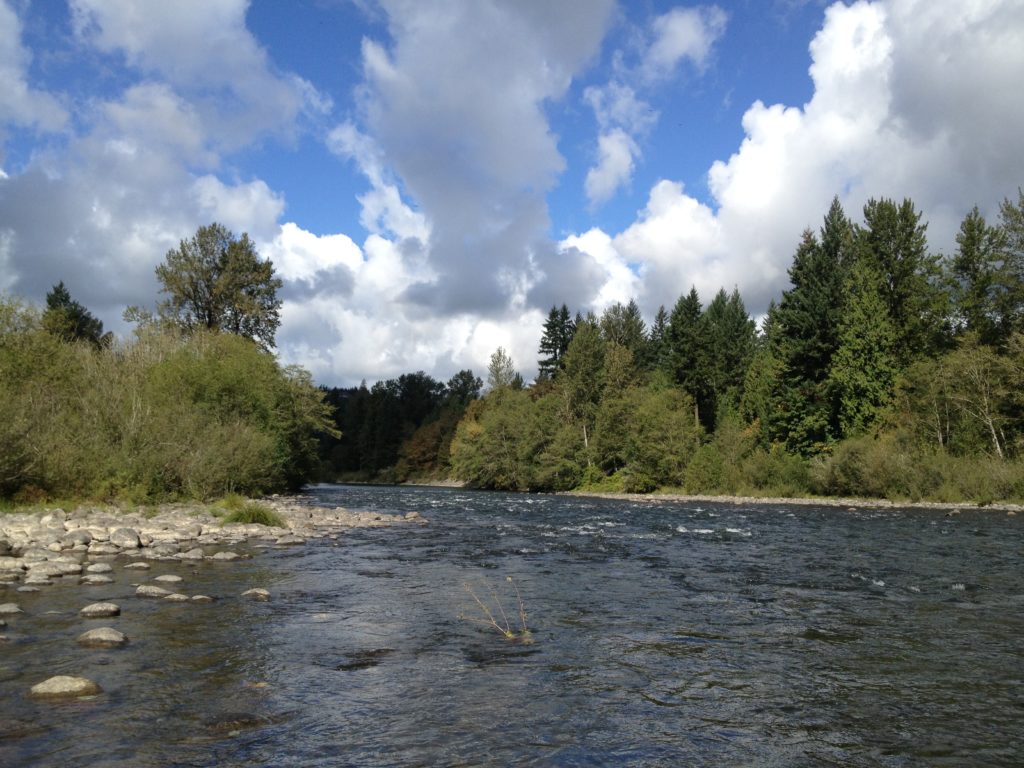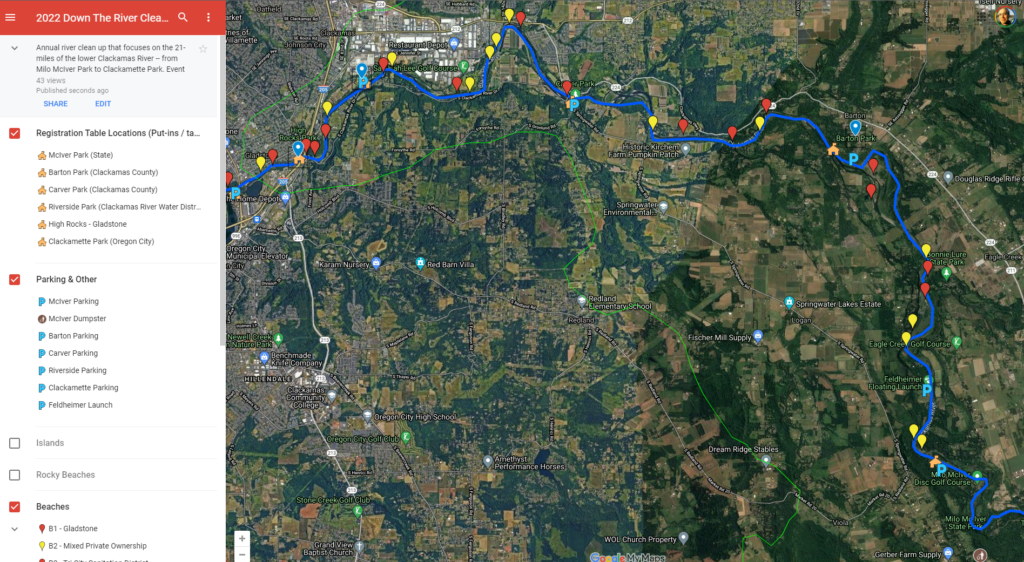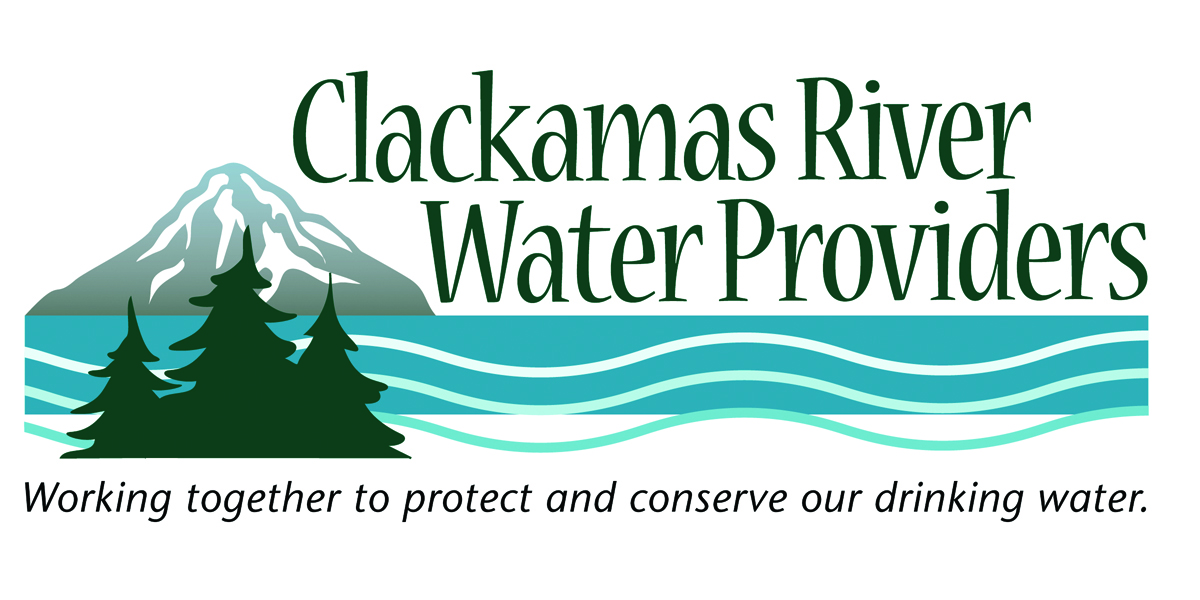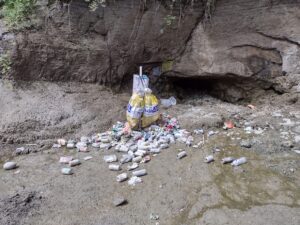introduction
As part of our 20th Anniversary Celebration of the Down the River Cleanup, we are talking to key people who make this event happen. We will try to tell the bigger story that the Cleanup represents and interview leaders and stakeholders who are part of this decades old effort to cleanup and maintain our most precious natural resource, clean water.
Kim Swan, Water Resource Manager of the Clackamas River Water Providers (CRWP)
We asked Kim Swan to be our first profile for the We Love Clean River’s 2022 e- Newsletter, now called Clean Waters. Kim is the Water Resource Manager of the Clackamas River Water Providers (CRWP), which in turn represents all of the municipal drinking water providers that get their drinking water from the Clackamas River. Thanks to Kim, CRWP has been a long-term supporter of the Cleanup and We Love Clean Rivers, and we continue to collaborate on increasing stewardship education and action for the river’s recreation users.
Kim has been working in the watershed for almost two decades and works at the confluence of many clean water issues, particularly dealing with impacts on drinking water (negatively and positively). The CRWP (the brainchild of several basin water providers- read more!) is a marvel of public innovation that saves money, educates the public, and helps keep our river a high quality drinking water source. We drink from the river because of the providers Kim represents. Kim reveals how serious, sophisticated, and essential is our drinking water supply system.
Interview!
1. What is the origin of the CRWP? How did it come to be, and where does it stand today?
Water providers that get their drinking water from the Clackamas River have a long history of working together dating back to the 1990’s. In 2007 we formalized this relationship with the creation of the Clackamas River Water Providers. The purpose of the organization is to fund and coordinate efforts regarding source water protection and public outreach and education around watershed issues, drinking water, and water conservation, so that we can preserve the Clackamas River as a high-quality drinking water source and minimize future drinking water treatment costs while being good stewards of the river.Combined we provide drinking water to over 300,000 people in Clackamas and Washington Counties.
By working together we are able to jointly fund projects and studies that benefit all the providers but which would be too expensive to do individually. It allows us to foster closer relationships with each other as intra-basin water suppliers, and to speak in one voice when working with other stakeholders in the basin such as PGE. It also allows us to realize the economies of scale and save money by sharing in the costs of staff people to manage and coordinate programs that benefit all our agencies, rather than each agency having to have their own staff, or having one agency taking on the staffing burden for everyone else’s benefit.
Today we have an annual budget of around $700,000, two staff people, and we implement two programs on behalf of our members. A Source Water Protection Program and a Public Outreach and Conservation Program. You can find out a lot more about what we are doing by going to our website.
2. How did you come to be the CRWP Water Resource Manager, and what is the origin of that cool job title?
In 2001 I started working for South Fork Water Board, who provides water to Oregon City and West Linn. In this position I developed and implemented a Public Outreach and Conservation program for the City of West Linn and City of Oregon City. I also started taking on regional coordination efforts but it quickly became clear that I was spending more time on regional efforts on behalf of all the water providers than on my work for South Fork. This led to conversations on how to better support efforts of all the water providers and the creation of the CRWP.
I think the title Water Resource Manager came from the fact that my main responsibility was to look up river at everything happening in the watershed and better understand how this resource was being used by other stakeholders and how these various uses could impact our drinking water source.
3. What are the top three things the CRWP does, at least in terms of your time and work?
Well, first I am responsible for the day to day oversight of the CRWP – paying bills, coordinating and facilitating our bi-monthly Board meetings, putting together our annual budget, and overseeing one employee.
Second, I manage our Source Water Protection Program. I implement a variety of programs such as our pesticide reduction efforts, our septic system assistance program, and our hazardous material spill prevention program. I also usually have a handful of special projects each year. This past year we updated our GIS risk analysis work to better understand our upriver risk as well as have been working on a NRCS NWQI grant we received.
Third, I spend a lot of time working with our member agencies on enhancing our interbasin communication. We have five water treatment plants and represent nine different cities and water districts so if something happens to one organization it can have ripple effects for everyone else. Most of our citizens don’t necessarily know who their water provider is, or our water service boundaries so it is important for us all to be on the same page or have a good situational awareness if there is a water related event so that we can accurately communicate with our water customers.
4. How does the Clackamas River and the associated water providers rank in terms of clean water (Oregon?, U.S?,World?)?
We are very lucky and the Clackamas River is a high quality water source. That being said we are seeing more development in the Happy Valley, Sandy and Estacada areas which means more impervious surfaces, cars, people, as well as more people spending time in the national forest and on the river due to the easy access to the watershed from the Portland metro area. Unfortunately humans are dirty so the more people living, playing or moving in and out of the watershed the more opportunities there are for our drinking water source to get degraded. Climate change is also something we are concerned about as we are starting to experience more extreme events which can mean poorer water quality in the winter months due to increased surface runoff and less (and warmer) water in the summer months.
Water providers aren’t regulators so our primary goal is to be proactive and advocate for drinking water protection by working with basin stakeholders and landowner on stewardship or best management practices that can enhance or improve water quality in the watershed. The cleaner the Clackamas River is, the easier and less expensive it is for us to treat the water for our communities.
5. Why do you think the Clackamas River remains as clean as it is? What are the major laws, land use decisions, or actions have helped the most with clean water?
The Safe Drinking Water Act (water providers) and the Clean Water Act (stormwater providers) are the major laws. DEQ also has TMDL’s and other water quality standards that apply to the Clackamas.
6. What are some of your favorite key indicator animals, plants or fungi that are hallmarks of a clean river?
We test every couple of years for Macroinvertabrates on the mainstem of the Clackamas in the lower basin. Macros are a really good indicator of if you have a healthy watershed and ecosystem. This kind of sampling will help tell us if the watershed is staying healthy or degrading over time.
Salmon are also a key indicator species as pretty much all species are listed as endangered or threatened in the Clackamas.
7. What have been the biggest technological upgrades with drinking water? What is an example of something cool and futuristic?
Technology has changed the water industry a lot in the last couple of decades. Use of GIS, smart meters, improvements in SCADA systems.Supervisory control and data acquisition (SCADA) is a system of software and hardware elements that allows industrial organizations to: Control industrial processes locally or at remote locations. Monitor, gather, and process real-time data.
8. What are the biggest threats to drinking water coming out of the Clackamas? How does that relate to other threats that other water supplies might have to deal with (superfund contamination, runoff, etc.)?
The Clackamas River watershed is what we call a multi-use watershed with a variety of land uses and land ownership. It is also very large. Unlike the Bull Run Watershed, which is federally owned and managed by the City of Portland, 72% of the Clackamas watershed is publicly owned, 3% is tribally owned, and 25% is privately owned. The watershed can roughly be divided in half, with nearly all of the upper watershed in the Mt. Hood National Forest and managed by the USFS. In contrast, most of the lower watershed is privately owned. The area in between the national forest and the lower watershed includes parcels of land owned by private timber companies and the BLM.
So there is a lot going on in the watershed that can potentially degrade the water quality. With the exception of the City of Estacada which is high up in the watershed our four big water treatment plants are at the bottom of the watershed so that means that there are a lot of things happening upriver to be paying attention to – hence the GIS risk assessments we just updated. We are looking at forestry activities, agricultural activities, urban growth, water quality permits (point source), septic systems, hazardous material, and recreation and how they might impact water quality.
Luckily we don’t have any superfund sites in the watershed but every time it rains or snows, pollutants wash off the land and flow untreated into nearby surface and groundwater sources. Because all water in a watershed is connected, activities in one part of the watershed often affect other areas. A healthy watershed stores and filters water, stabilizes banks, provides shade and habitat for fish and other aquatic life.
Human activities such as construction, timber harvesting, livestock management, fertilizer and pesticide use if not performed responsibly can degrade water quality. In addition, impervious surfaces such as parking lots, roads, and roofs carry pollutants directly to our streams and natural waterways. Therefore, the combination of cars, homes, people, and animals in the watershed make pollution from stormwater a serious threat to our river’s water quality.
One of the primary goals of the Source Water Protection Program is to identify, prevent, minimize and mitigate activities that have known or potentially harmful impacts on drinking water quality so that the Clackamas River can be preserved as a high-quality drinking water source to meet the needs of an increasing human population into the future.
9. In terms of public outreach and education, what are your most impactful programs or projects so far?
I would have to say the youth education program that Christine Hollenbeck implements for the CRWP. She works with over 50 schools in our members service area providing schools and teachers with water education programs and materials. Through this program we are educating our future water rate and river users about the importance of our watershed and water quality as well as how our water systems work.
10. What new projects are you working on?
This year I have been working with the Clackamas Soil and Water Conservation District to develop a number of videos around Pesticide Reduction which has been fun, and we just recently received a state grant to work with We Love Clean Rivers!
Thanks again, Kim! We are looking forward to both the Pesticide Reduction campaign and our work together on the Clackamas Clean Water Trail Map!
